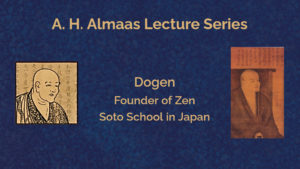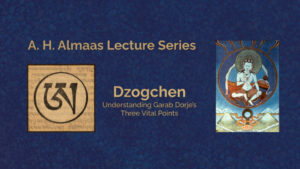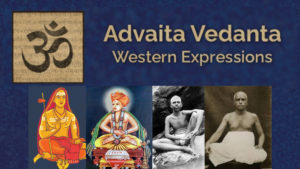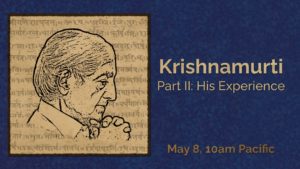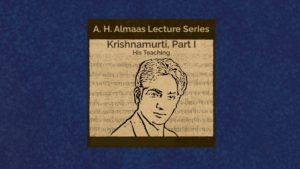
THE DIAMOND APPROACH
An Overview of the Diamond Approach to Self-Realization by A. H. Almaas The Diamond Approach is a contemporary spiritual teaching that developed within the context of awareness of both ancient spiritual teachings and modern depth psychological theories; hence the perspective of this teaching recognizes the inherent synthesis between the spiritual and the psychological domains of experience. The spiritual and the psychological can be separated only in theory, for in experience, they are two dimensions of the same human consciousness. Recognizing this truth makes it possible to approach the path to inner realization informed with modern psychological knowledge. Thus, understanding one’s psychological experience opens one’s consciousness to the deeper truths of our spiritual nature. This teaching approaches the path by considering,


